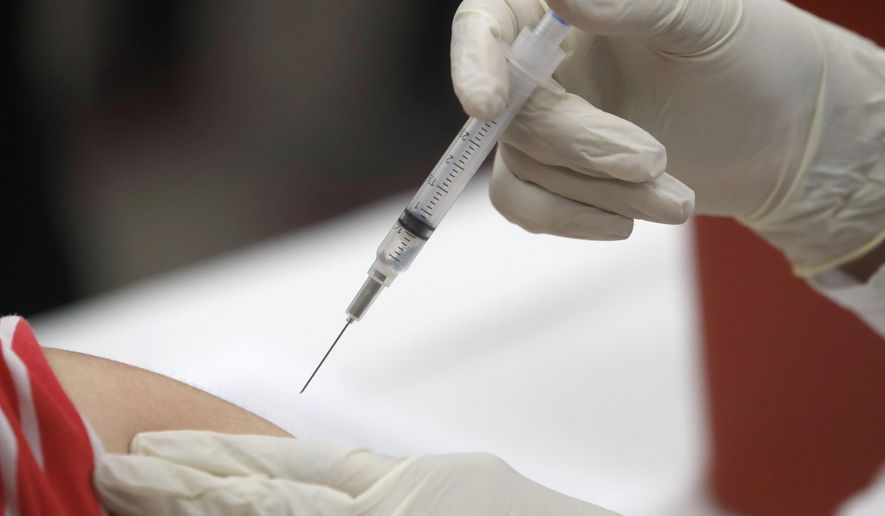OPINION:
The Medicare Part D program has been a case study for a successful program that has relied on private-sector competition to hold down costs. Not only has it been cost-effective, but seniors are generally pleased with the choice and competition afforded by their Medicare drug plans.
However, when it comes to vaccines, the Part D program is falling short. Currently, Medicare pays for vaccines through two programs – Part B and Part D. Under Part B, covered vaccines are available without cost-sharing; however, under Part D, seniors may be subject to substantial out-of-pocket costs – as much as $100 per shot – which is a significant deterrent to vaccination. There is little rhyme or reason behind which vaccines are in Part B vs. Part D.
When Part D was created, policymakers may not have envisioned the surge in vaccine innovation that we’ve experienced in recent years. The COVID-19 vaccines have been transformational for our economy. Congress rightly recognized that if we wanted large swaths of the public to choose to be vaccinated, we would need to make the vaccines available free of charge. So why have we not applied that same logic to vaccines in Medicare Part D now and into the future?
For older Americans, vaccines are critical. As we age, our body’s immune systems become less robust and more vulnerable to infection. Vaccines are a vital tool to help defend our bodies and avert serious illness. Vaccines are also highly cost-effective — one of the best tools we have to prevent disease and keep people out of the hospital.
The one challenge with vaccines is that people need to receive them before suffering from a particular illness. That fact makes it easy for people to put off getting a vaccine, especially if the cost of getting a vaccine cuts sharply into your monthly groceries budget.
Ironically, under our current system, it is seniors, who are most at-risk from infectious disease, who are asked to pay the most for their vaccines. Younger Americans with employer-based coverage typically pay nothing for vaccines. The result is predictable. The more seniors are asked to pay for their vaccines, the less likely they will get them.
While there is merit in the idea that people should have a stake in their health care costs, vaccines are an exception to the rule. There is no chance of over-utilizing vaccines (no one is lining up for a weekly flu shot), no chance of abuse or waste and no generic alternative.
Requiring cost-sharing for vaccines ignores all the lessons we’ve learned these last two years.
Congress has taken note of this problem on a bi-partisan basis. A bill by Representatives Annie Kuster (D-NH) and Larry Bucshon (R-IN), which includes dozens of bi-partisan co-sponsors, would address this issue by ensuring that vaccines which are recommended for seniors by the Centers for Disease Control and Prevention, following U.S. Food and Drug Administration approval, would be available to seniors at no cost. This bill takes a common-sense approach that transcends partisan politics.
For seniors who want to protect themselves from infectious diseases, Medicare shouldn’t make it any harder than it needs to be. It’s time to change Part D and ensure no-cost access to vaccines for seniors.
• Saul Anuzis is President of the 60 Plus, the American Association of Senior Citizens. Jim Martin is the Association’s Founder and Chairman.




Please read our comment policy before commenting.